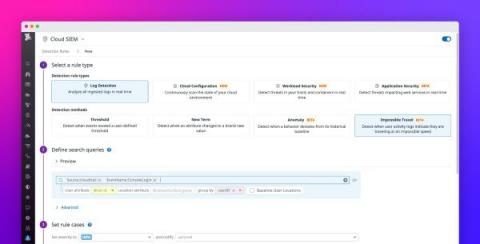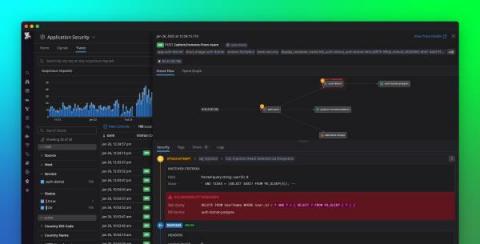Best practices for reducing sensitive data blindspots and risk
Modern applications log vast amounts of personal and business information that should not be accessible to external sources. Organizations face the difficult task of securing and storing this sensitive data in order to protect their customers and remain compliant. But there is often a lack of visibility into the sensitive data that application services are logging, especially in large-scale environments, and the requirements for handling it can vary across industries and regions.











